Australia's booming job market is crying out for skilled workers across various industries, and VET qualifications are your ticket to unlocking those exciting opportunities. But before you start a course, let's talk about what VET qualifications are and the secret "packaging rules" that will help you choose the perfect program.
Think of a VET qualification as a roadmap to your dream job. It helps you with the practical skills and knowledge employers are looking for in specific fields – like hospitality, business, or information technology. It's a faster track to getting your foot in the door compared to traditional university degrees, and the best part? You'll be learning by gaining real-world experience that sets you apart.
Now, let's talk about packaging rules. Don't worry, it's not as complicated as it sounds! These rules are the instructions for building your VET course. They tell you exactly which units of competency you need to complete to earn your qualification. Some are core units, the essential skills everyone needs in that field. Then you have elective units, which allow you to personalize your learning and focus on specific areas that interest you. Let's say you're passionate about hospitality, but event management is your calling. Packaging rules allow you to pick electives in event planning and management, giving you a sharper edge in that niche.
By understanding packaging rules, you can choose a VET course that perfectly aligns with your career goals. Want to be an expert in IT but particularly interested in cybersecurity? Look for a Certificate IV qualification with electives in networking and cybersecurity. Packaging rules give you the power to tailor your learning and build the exact skillset you need to stand out in the job market.
What is a VET Qualification?
So, what exactly is a VET qualification? Think of it as a nationally recognized training program designed to provide you with the practical skills you need to thrive in a specific industry. Imagine becoming a hospitality pro, a business expert, or a master technician – VET qualifications offer a diverse range of options to match your interests!
Levels Up with the Australian Qualifications Framework (AQF):
VET qualifications are categorized using the Australian Qualifications Framework (AQF). This handy system acts like a ladder, with Certificate I being the entry point and Advanced Diploma sitting at the top. The higher you climb, the more advanced your skills and career opportunities become.
Why Choose a VET Qualification? Here's the Scoop:
Fast Track to Employment: Unlike lengthy university degrees, VET qualifications get you job-ready quicker. You'll be learning practical skills from day one, making you a hot commodity for employers.
Career Advancement: VET qualifications are a stepping stone to bigger and better things. You can use them to climb the career ladder in your chosen field or even bridge the gap to a university degree.
Learning by Doing: VET qualifications are all about hands-on learning. Think workshops, simulations, and real-world projects – you'll be actively applying your knowledge, making the learning process engaging and effective.
Entry Requirements:
Entry requirements for VET qualifications vary depending on the specific course and level. Here's a breakdown to help you navigate:
Schooling: Some VET qualifications, particularly entry-level Certificates I and II, may have minimal schooling prerequisites. You might only need to have completed Year 10 or equivalent.
Prior Learning & Experience: For higher-level qualifications - Certificates III and above or those in specialized fields, you may need to demonstrate prior learning or relevant work experience. This ensures you have a foundation of knowledge to build upon and can successfully grasp the advanced concepts in the course.
Specific Requirements: Some qualifications might have additional requirements like language proficiency tests or completion of pre-requisite courses. Always check the specific course details from the Registered Training Organisation (RTO) offering the program.
Top Tip: Don't be discouraged if you don't meet all the listed requirements upfront. Many RTOs offer Recognition of Prior Learning (RPL) pathways. This allows you to get credit for your existing skills and experience, potentially reducing the entry requirements or even fast-tracking you through parts of the course.
Duration: How Long Will Your VET Journey Take?
The duration of a VET qualification depends on the level and intensity of your studies:
Certificates: Certificate I and II programs are typically the quickest to complete, ranging from a few months to a year. This makes them ideal if you want to gain foundational skills and enter the workforce rapidly.
Diplomas & Advanced Diplomas: As the complexity of the skills and knowledge increase, so does the duration. Diploma programs can take anywhere from one to two years, while Advanced Diplomas can extend up to two years or more.
Study Mode:
VET qualifications cater to diverse learning styles and life commitments. Here are the common study modes you'll encounter:
Full-time: This intensive mode involves attending classes most weekdays, ideal if you can dedicate yourself fully to your studies.
Part-time: This flexible option allows you to spread out your studies over evenings or weekends, perfect for balancing work, family, and learning.
Online: Take advantage of technology! Online learning offers the convenience of studying from anywhere with an internet connection, allowing you to learn at your own pace.
Blended Learning: This combines classroom sessions with online learning modules, providing a mix of face-to-face interaction and self-directed study.
Remember: When choosing a study mode, consider your learning style, available time, and lifestyle preferences.
Understanding VET Packaging Rules
Think of packaging rules as the blueprint for your VET course. They define the structure and the specific Units of Competency you need to complete to earn your qualification. It's like a secret for success, ensuring you gain the essential skills employers are looking for.
Core vs. Elective Units: Tailoring Your Skills
Packaging rules involve two main types of units:
Core Units: These are the foundational building blocks of your qualification. They help you with the core knowledge and skills everyone needs in that particular field.
Elective Units: These units allow you to tailor your qualifications to your specific career aspirations. Think of them like special ingredients you can add to your learning recipe. For example, if you're aiming for a career in hospitality, you might choose elective units in event management to boost your specialization.
Using Packaging Rules Like a Pro
So, how do you leverage packaging rules to choose the perfect VET course? Here's the key:
Research VET qualifications in your chosen field: Explore different qualifications on government training authority websites.
Scrutinize the packaging rules: Look for courses with core units that align with your overall career goals and then explore the elective options. This way, you can choose a course that provides you with the foundational skills you need, while also allowing you to develop specialized expertise in an area that interests you most.
Example in Action: Building Your IT Dream Job
Let's say you're passionate about technology and want to break into the IT industry. By understanding VET packaging rules, you can find a Certificate IV in Information Technology that covers core units in areas like computer systems, networking, and security. But the real magic happens with electives! You can choose electives that focus on specific areas like network administration or cybersecurity, giving you a competitive edge in your dream IT role.
By understanding VET packaging rules, you're no longer just choosing a course – you're building a customized learning experience that propels you towards career success!
Government Resources to Guide You
Here is a government resource to learn about VET qualifications and packaging rules:
Australian Skills Quality Authority (ASQA): This is your one-stop shop for all things VET! ASQA provides comprehensive information on qualification structures and packaging rules. Standard 10.8 – Course packaging rules | Australian Skills Quality Authority (ASQA).
Maximizing Your VET Journey
Now you've got a handle on VET qualifications and packaging rules, let's explore how you can take your learning to the next level!
Consider a Diploma Qualification:
VET qualifications come in different "sizes" – Certificates focus on specific skills, while Diplomas offer a broader and deeper skillset. Think of a Certificate as mastering the basics to get your foot in the door, and a Diploma as becoming a real expert in your chosen field.
For example, imagine you're passionate about education. A Certificate IV in Information Technology might equip you with the essentials for technical support roles. But a Diploma of Information Technology (DVET) – could open doors to network administration, cybersecurity, or even software development! With a Diploma, you'll graduate with a wider range of skills, making you a more competitive candidate for exciting career opportunities. Similarly a Diploma of Vocational Education and Training can help you with everything you need to know about VET Education and Training.
LOP's VET Courses & Support:
Choosing the right VET provider is crucial. At LOP, we're passionate about delivering high-quality VET courses that follow all the packaging rules. That means you can be confident you're getting the proper training and skills employers are looking for.
But LOP goes beyond just courses! We offer ongoing support throughout your learning journey. Whether it's guidance from experienced trainers, help with resources, or career advice – we're here to help you succeed.
Ready to take the first step?
Explore the resources provided and discover the perfect VET qualification to launch your dream career! Learning Options offers a wide range of high-quality VET courses that adhere to packaging rules, ensuring you gain the skills and knowledge needed to thrive in your chosen field
Connect with Learning Options Today!
FAQ
What are the packaging rules in a qualification, and what function do they serve?
Answer: The qualification packaging guidelines specify the overall number of units of competency necessary to get the certification. Additionally, the number of core and optional units is indicated. All core and optional unit codes and names are included, along with identification of required units.
What defines a qualification in the VET sector?
Answer: Qualifications in the vocational education and training (VET) sector are awarded when a person meets all of the requirements of the units of competency or modules that make up an Australian Qualifications Framework (AQF) qualification, as specified by a nationally endorsed training package or an accredited course.
What is the use of qualifications?
Answer: Qualifications specify what a person must know and be able to accomplish in order to do a certain activity.
What is the goal of qualifications?
Answer: Qualifications are the conditions that a candidate must meet in order to be considered for and succeed in a certain position. Qualifications are often acquired through industry or role-specific experience, education, and training. Some criteria may include a certain degree level and major.
What is a Vocational training package?
Answer: In Vocational Education and Training (VET), a training package is a collection of nationally recognized standards and certifications for recognizing and assessing abilities and knowledge in specific sectors.
What is VET competency?
Answer: In competency-based VET, students are tested on an industry-defined standard rather than against others. The unit of competency provides an overview of the industry standard. Students have either "achieved" proficiency or have not.





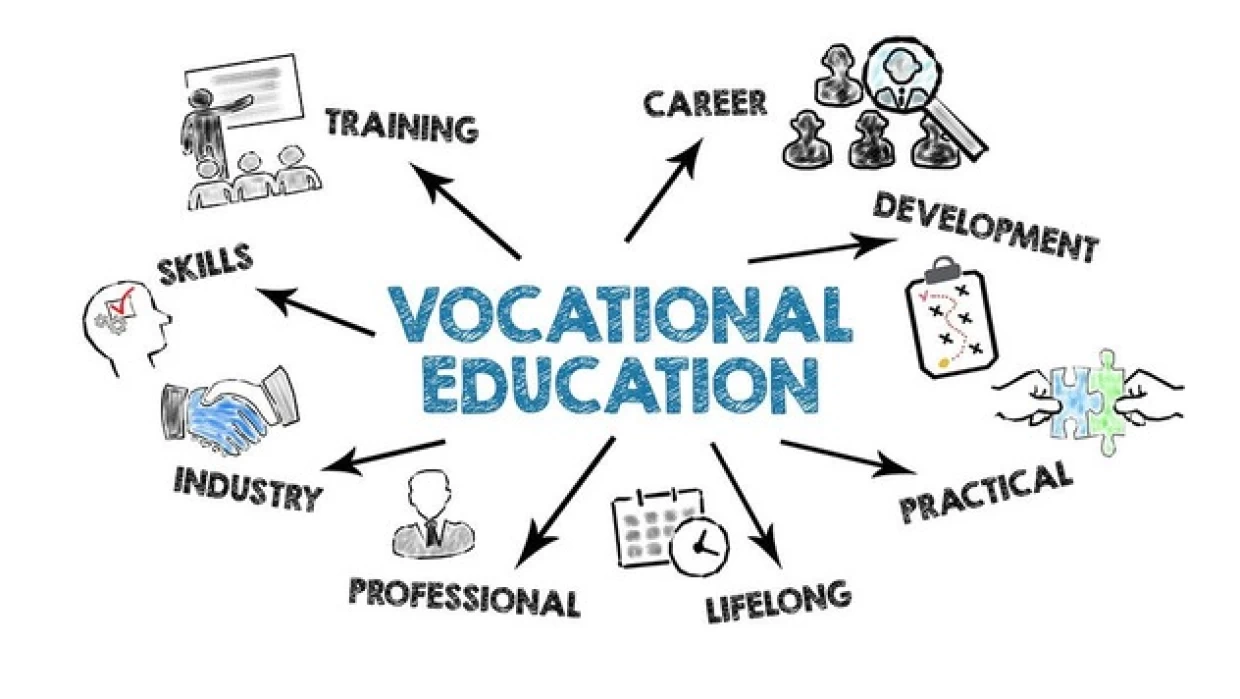




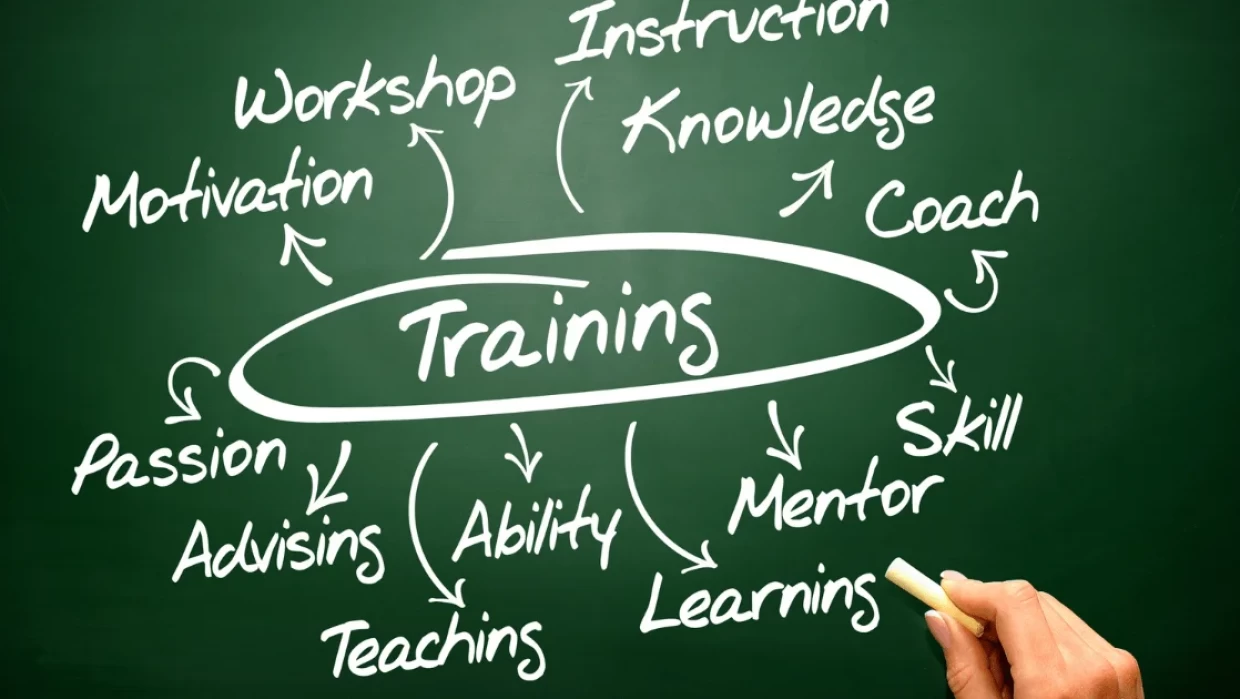


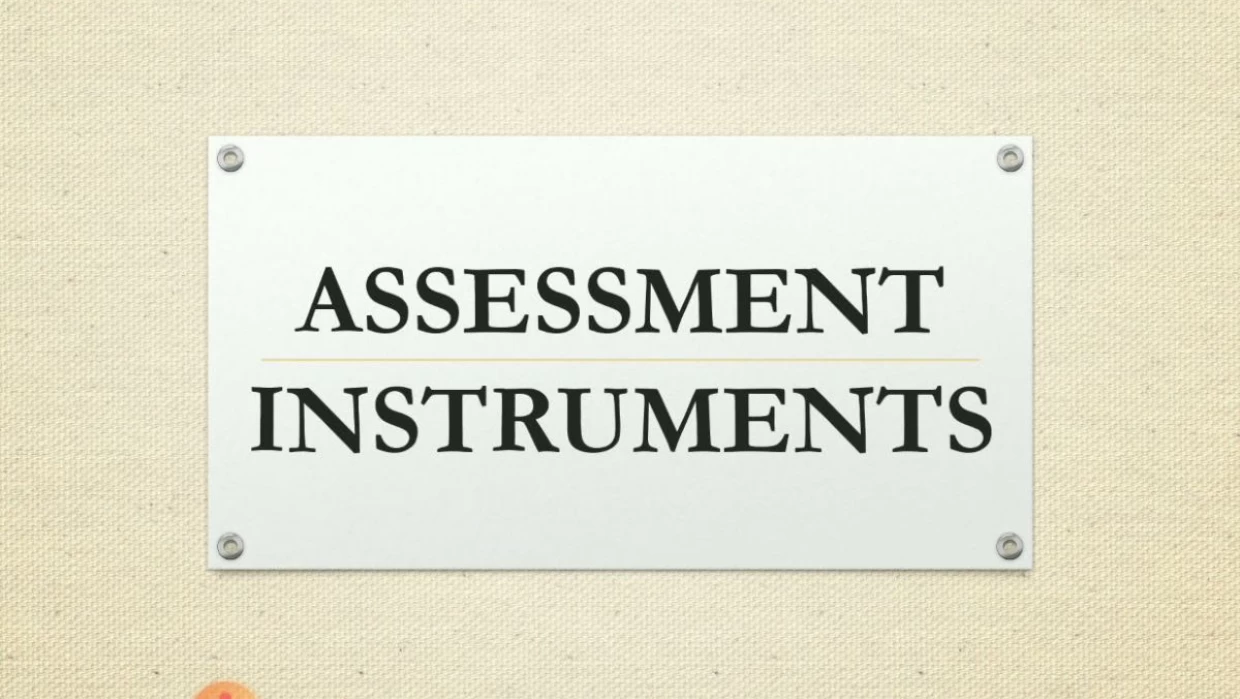





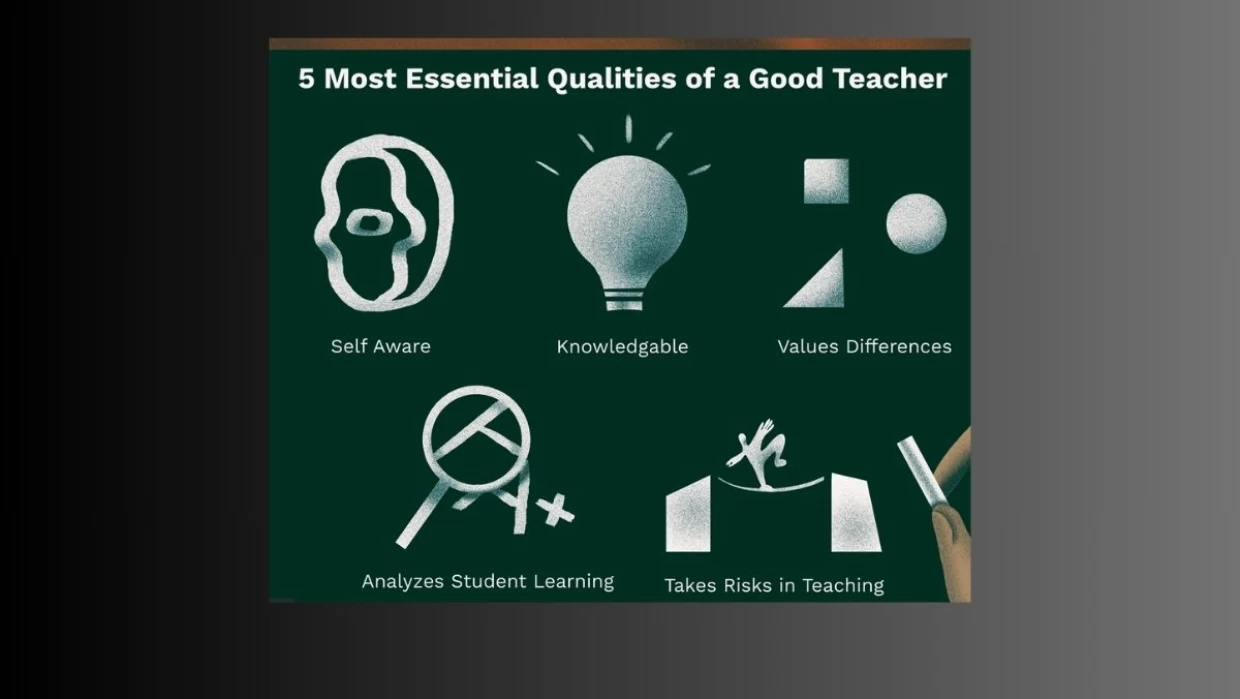

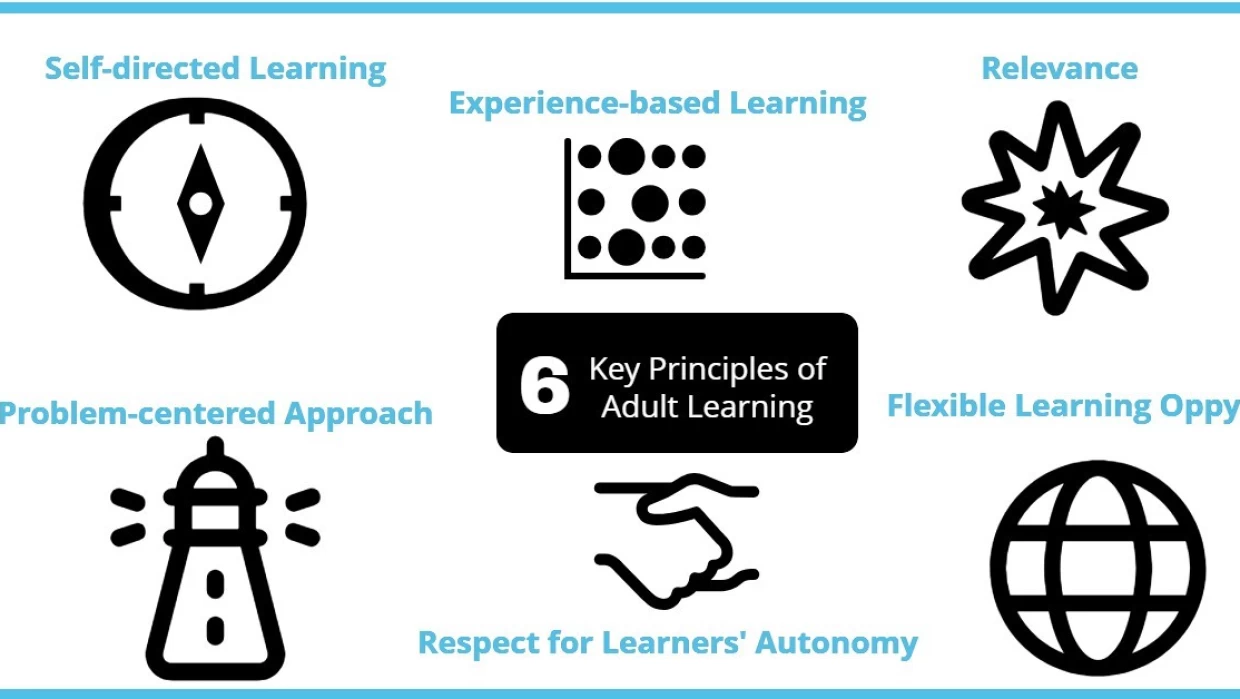














We would be delighted if you could get in touch with us.
Your email address will not be published. Required fields are marked